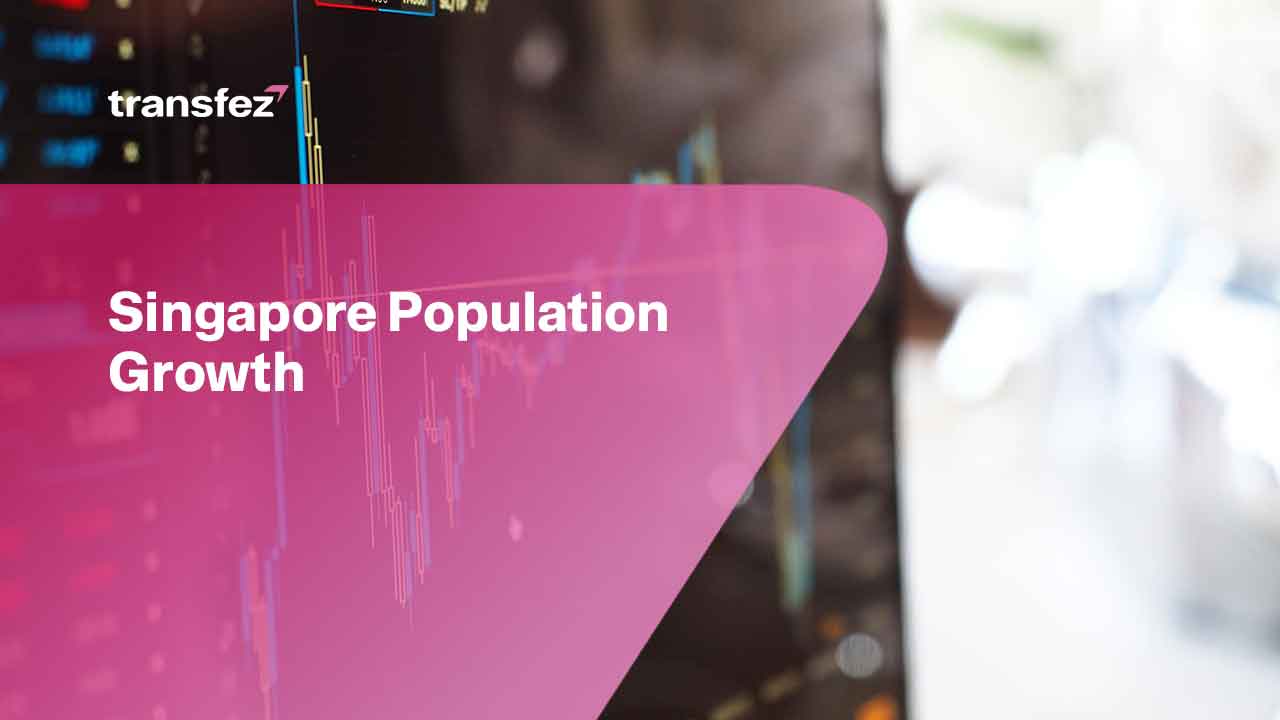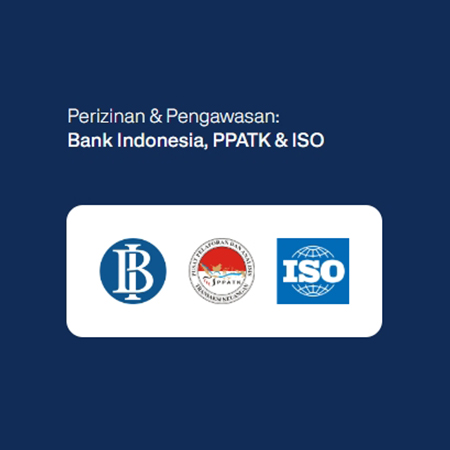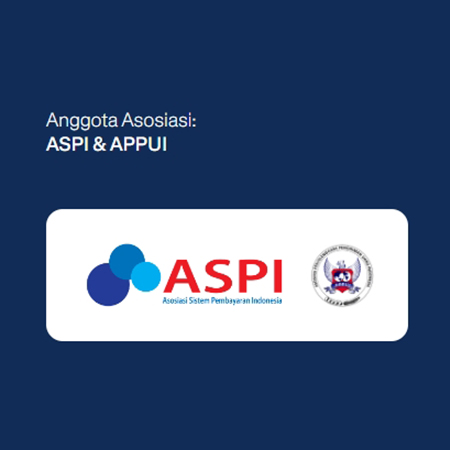
In June 2021, 5.45 million people were living in Singapore. From June 2020 to June 2021, the total Singapore population has decreased by 4.1% due to the COVID-19 pandemic. This is largely due to fewer people not living there.
Non-residents decreased 10.7 percent to 1.4 million in June 2021. Due to travel restrictions and the uncertain economy, there would be fewer foreign workers in Singapore from June 2020 to June 2021. Even though fewer people are walking, the construction, shipbuilding, and processing industries are seeing the biggest drops in the number of people with work permits.
The proportion of Singaporeans over 65 is rising as people live longer and have fewer children. From 10.4% in 2011 to 17.6% in 2021, this percentage climbed, and by 2030, it is anticipated to reach about 23.8 percent.
Singapore population fell by 6.2 percent, from 0.52 million to 0.49 million, and by 0.7 percent, from 3.52 million to 3.50 million, respectively, in June 2020 and 2021. Due to COVID-19 making it impossible for residents and PR professionals to travel, the majority of this community resides in Singapore; yet, they are not included in our population census.
Trends in Getting Married and Having Children in Singapore
Similar to many other modern civilizations, the overall fertility rate in Singapore has decreased over the past few decades. It was 1.10 in 2020. The key factors contributing to the area’s low TFR include the rising number of single households, later marriages, and smaller family sizes. Short-term changes in birth rates could result from issues like the epidemic and uncertain economic conditions.
Another explanation is that changes in the employment market, people’s perspectives on marriage and family, long-term beliefs and attitudes, and marriage and family have a significant impact. Marriage and parenthood are ultimately personal choices that are impacted by shifting social mores, varying personal priorities, and economic sentiments.
Young people in Singapore have frequently expressed a desire to get married and start a family. Eight out of ten young people who are single want to get married and have kids. Furthermore, more than nine out of ten married Singaporeans want at least two kids, according to our 2021 Marriage and Parenting Survey.

Singapore Population National Program
This Singapore population national program seeks to assist Singaporeans in achieving their goals of getting married. It is including to starting families when seen in the context of its national objectives. Singaporeans can find support at any point of their journey, including marriage and childrearing, thanks to close collaborations between government organizations, community partners, entrepreneurs, corporations, and society at large.
The Marriage and Parenting Package provides all the assistance couples require to begin and grow a family. These are some of the package’s standout components:
- programs to aid newlyweds in purchasing their first home;
- government-paid parental leave; infant presents, including cash and child development funds;
- baby and child care subsidies;
The Public Health Support Program for General Practitioners provides assistance with maternity and child health care, including free immunizations through the National Child Immunization Program and developmental screening in clinics and polyclinics.
See Video How To Easily Send Money to 50+ Countries
MediSave Grants for Newborns
Much has been done in recent years to increase the accessibility and affordability of early education, housing, child health care, and reproductive care. In order to supplement current parenting and wedding packages. Furthermore, it is also to provide couples more assurance to follow through with their birth plans during the COVID-19 epidemic, newborn support grants were established in October 2020.
For Singaporean children born between October 1, 2020, and September 30, 2022, the BSG is a one-time financial grant of $3,000 per kid. A couple that is expecting their first child is eligible for up to $21,000 in cash from BSG and up to $35,000. They are permitted to make up to $30,000 beginning with their fifth child.
A Citizens Committee on Work and Life Harmony were founded by Singaporeans from all walks of life in 2019. Their objective is to further enhance Singapore’s work-life balance. While in June 2020, the Create for Families program was launched with the goal of demonstrating to families that society as a whole and the government are concerned about them. Another objective is to encourage more local organizations and businesses to support the development of a family-friendly environment.
Send Money Easily to Different Countries
How to Send Money to Hong kong
How to Send Money to China
How to Send Money to Malaysia
How to Send Money to Japan
Singapore Population is Expected to Grow
One doesn’t believe that Singapore population will continue to shift significantly in the years to come. The annual growth rate is anticipated to reach its high in 2020 at about 1.4% before reverting to negative growth in 2050. The new law that the nation will shortly enact is largely to blame for this.
Singapore population is anticipated to reach 5,935,053 in 2020, 6,352,70 in 2030, 6,563,055 in 2040, and 6,57,759 in 2050, according to a forecast. This is a government plant in Singapore, so that the number of Singapore population can increase well along with the needs.
Download Transfez App
Transfez App can help you transfer money abroad more quickly and efficiently. Transfez Business can also help your business in making transactions abroad. For those of you who want to send money to relatives who are abroad because they are studying, working, or traveling, Transfez will be ready to help. This app is available on Android as well as iOS.
Such is the transition of Singapore population that has been ongoing since the start of COVID 2020. According to some analysts’ projections, Singapore’s population will probably keep expanding. This is also helped by government support so that people have children. Therefore, the requirement in population number can achieved well.










